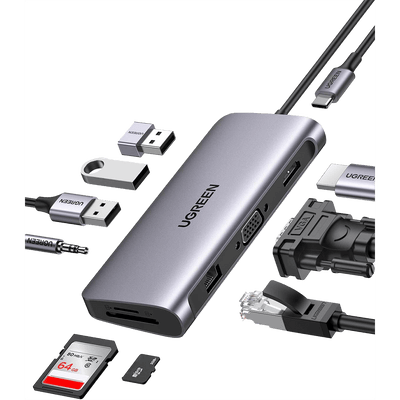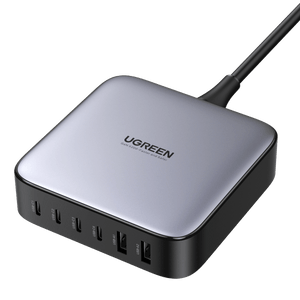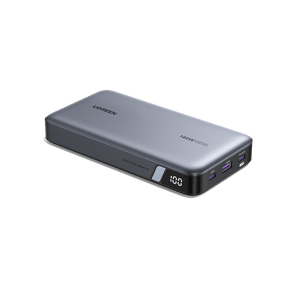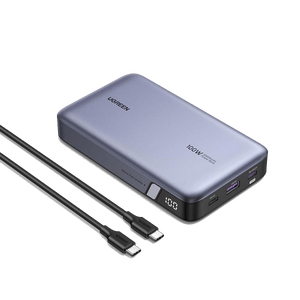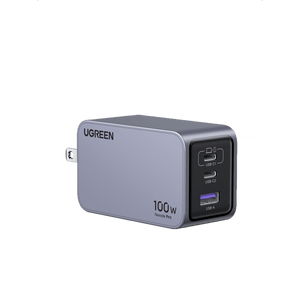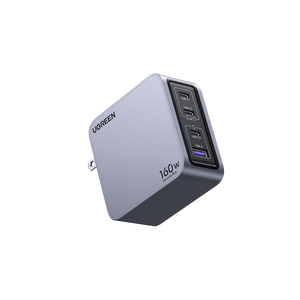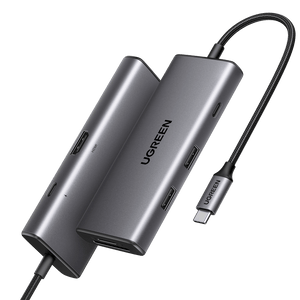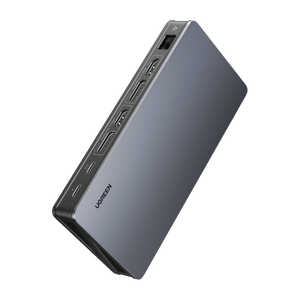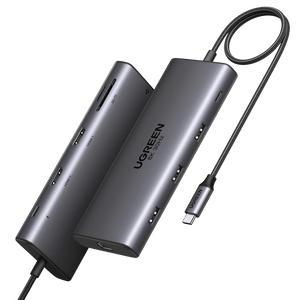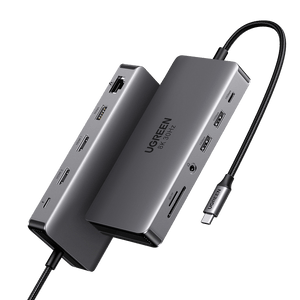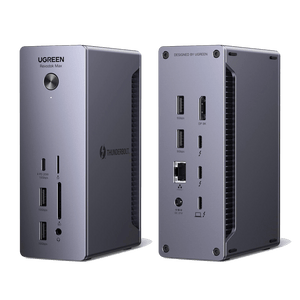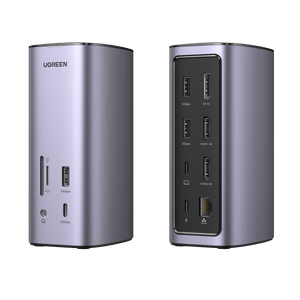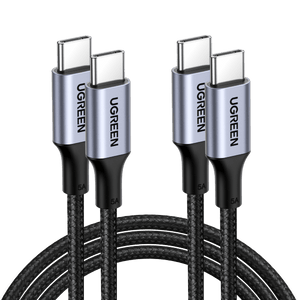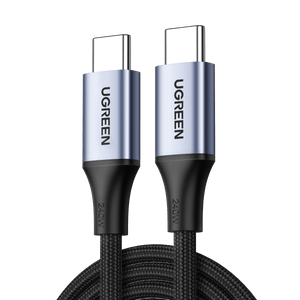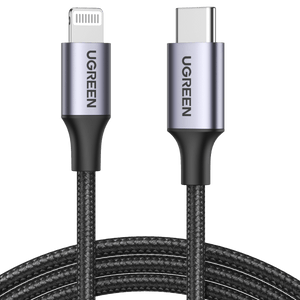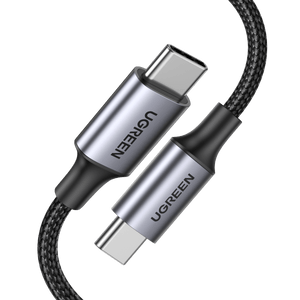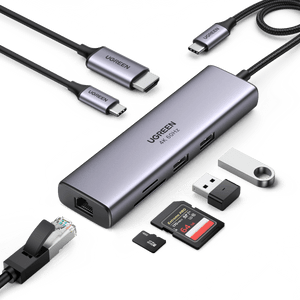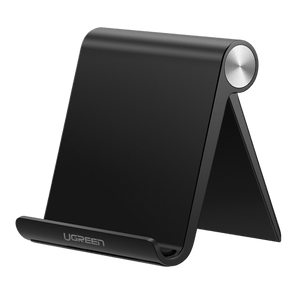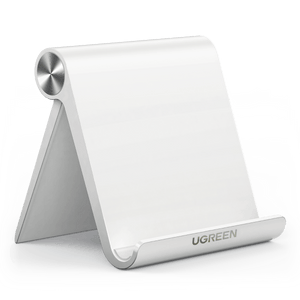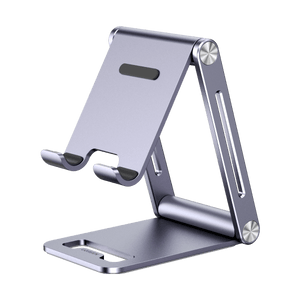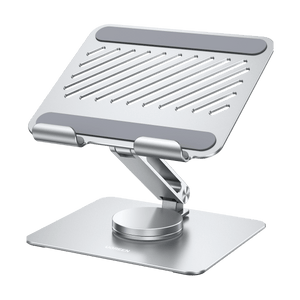USB 2.0 vs 3.0: A Comprehensive Comparison and Guide
In today's digital age, USB (Universal Serial Bus) has become an indispensable technology for connecting various devices to our computers. As USB technology has evolved over the years, it's essential to understand the difference between USB 2.0 vs 3.0, especially when choosing a powered USB hub.
In this article, we'll explore the key differences between USB 2.0 and 3.0, and help you make an informed decision when selecting a powered USB hub for your needs.
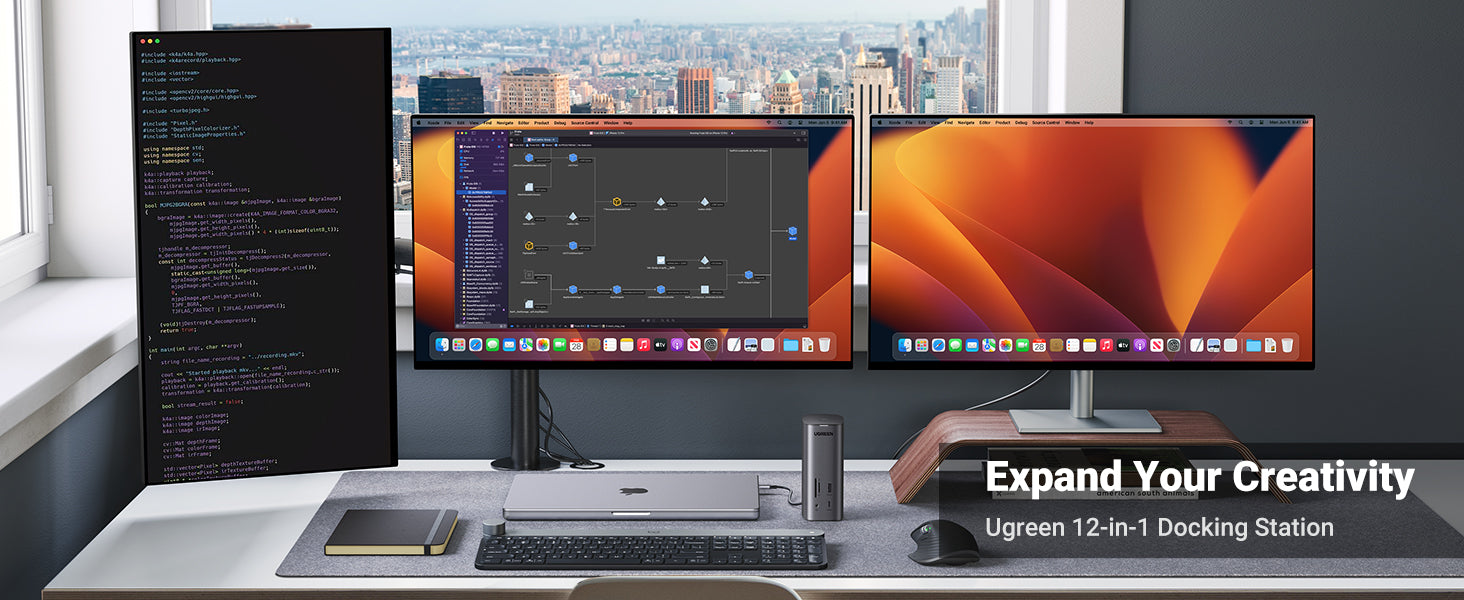
What is USB 2.0 port?
USB 2.0, released in 2000, is the second major version of the USB standard. It offers a maximum theoretical bandwidth of 480 Mbps (megabits per second), which is a significant improvement over its predecessor, USB 1.1. USB 2.0 has been widely adopted and is still commonly found in many devices, including keyboards, mice, and older external hard drives.
What is USB 3.0 port?
USB 3.0, introduced in 2008, is the third major version of the USB standard. It provides a substantial performance boost over USB 2.0, with a maximum theoretical bandwidth of 5 Gbps (gigabits per second). This increased speed allows for faster data transfer and improved performance for devices that require high bandwidth, such as external solid-state drives and high-resolution cameras.
To understand the advancements in USB technology beyond USB 3.0, it is worth comparing it to the newer USB 4.0 standard. For a detailed comparison of USB 4.0 vs USB 3.0, including their respective speeds, capabilities, and applications, you can refer to this comprehensive guide.
Key Differences Between USB 2.0 and 3.0
Speed and Performance
The most significant difference between USB 2.0 and 3.0 lies in their speed and performance. USB 3.0 offers a maximum theoretical bandwidth of 5 Gbps, which is more than ten times faster than USB 2.0's 480 Mbps. In practical terms, this means that USB 3.0 devices can transfer data much more quickly, reducing wait times and enhancing overall performance.
Connector and Cable Design
USB 3.0 introduces a new connector design while maintaining compatibility with USB 2.0 devices. The USB 3.0 Standard-A connector features an additional row of pins, enabling the increased speed and power delivery capabilities. However, USB 3.0 devices can still be plugged into USB 2.0 ports, and vice versa, ensuring backward compatibility. Additionally, USB 3.0 cables are typically thicker and have more shielding to support the higher data transfer rates.
Power Management and Efficiency
USB 3.0 offers improved power management features compared to USB 2.0. It provides higher maximum bus power, allowing devices to draw more power from the host computer. Furthermore, USB 3.0 introduces new power management states, such as the "Suspended" state, which helps reduce power consumption when devices are not in use, leading to better energy efficiency.
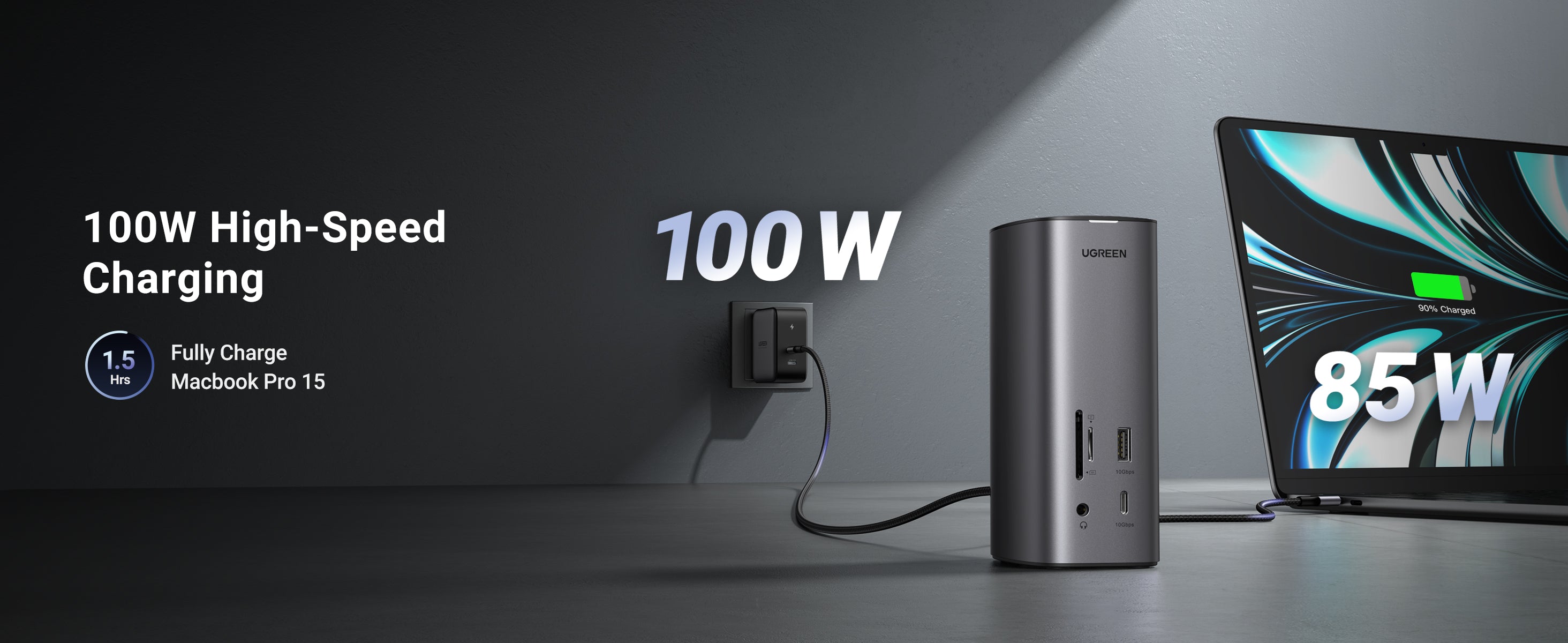
How to choose the right USB Hub?
When selecting a USB hub, it's essential to consider your specific needs and the devices you plan to connect. A USB hub expands the number of available USB ports on your computer, allowing you to connect multiple devices simultaneously. Here are some factors to keep in mind when choosing a USB hub:
- USB Version. If you have USB 3.0 devices, it's best to choose a USB 3.0 hub to take advantage of the faster speeds and improved performance. However, if you primarily use USB 2.0 devices, a USB 2.0 hub may suffice.
- Number of Ports. Consider the number of devices you need to connect and choose a hub with an adequate number of ports. USB hubs typically range from 4 to 10 ports.
- Power Supply. Some USB hubs are powered solely by the computer's USB port, while others come with an external power adapter. If you plan to connect power-hungry devices like external hard drives, a powered USB hub is recommended to ensure stable performance.
- Brand and Quality. Opt for a reputable brand known for producing high-quality USB hubs. Look for hubs with solid construction, reliable performance, and positive user reviews.

Ugreen USB Hubs: A Reliable Choice
Among the many brands offering USB hubs, Ugreen stands out for its commitment to quality, reliability, and customer satisfaction. Three noteworthy products from their extensive collection include:
Ugreen 6-in-1 USB C Hub
The Ugreen 6-in-1 USB C Hub is a versatile and portable hub that expands the connectivity of your USB-C equipped laptops like MacBook Pro/Air and iPad Pro. It adds one 4K HDMI port for HD video output, three USB 3.0 ports for high-speed data transfer, SD and TF card readers. The sleek and lightweight aluminum alloy design offers easy portability.

Ugreen Slim 5-in-1 USB C Hub
Building on essential ports, the Ugreen Slim 5-in-1 USB C Hub adds an extra USB 3.0 port for connecting more accessories and peripherals. It includes one 4K HDMI port, two USB 3.0 port, PD 100W Fast Charging, and Type C Multiport Adapter in a slim and portable aluminum housing. Suitable for expanding the connectivity of your USB-C equipped laptops.

Ugreen 5-in-2 USB C Hub for MacBook
The Ugreen 5-in-2 USB C Hub is designed specifically for MacBooks, providing two USB-C data ports for connecting flash drives, hard drives and Ethernet, two USB 3.0 ports for mice, keyboards and flash drives. Its compact size and aluminum alloy shell make it portable and durable. The hub offers reliable connections and fast data transfer for your MacBook.

FAQ about USB 2.0 vs USB 3.0
Q: How to Tell USB 2.0 Apart from USB 3.0?
Connector Color: USB 2.0 typically features a black or white connector, while USB 3.0 often has a blue one (though some may be black).
Pin Count: USB 2.0 uses 4 pins, a simple way to identify it physically.
Q: What is the main difference between USB 2.0 and USB 3.0?
A: USB 3.0 is much faster with transfer speeds up to 5Gbps, compared to 480Mbps for USB 2.0.
Q: Can I use a USB 3.0 device in a USB 2.0 port?
A: Yes, USB 3.0 devices are backwards compatible and will work in USB 2.0 ports, but only at USB 2.0 speeds.
Q: Do USB 3.0 cables work in USB 2.0 ports?
A: Yes, the cables are compatible both ways, but USB 3.0 cables are required to get the faster USB 3.0 speeds.
Q: Should I choose USB 2.0 or USB 3.0 hub?
A: Choose a USB 3.0 hub if you have USB 3.0 devices, since USB 2.0 hubs will limit USB 3.0 transfer speeds.
Conclusion
As we embrace the power of USB technology, understanding the differences between USB 2.0 vs 3.0 is key - while 2.0 is a reliable standard, 3.0 brings significant speed, performance and power advantages essential for high-bandwidth devices. When selecting a USB hub, consider version compatibility, port types, power delivery and brands like trusted Ugreen to ensure seamless connections.
USB 2.0 delivers a transfer rate of around 480 Mbps, while USB 3.0 ramps up to 4,800 Mbps—roughly 5 GB/s. This blazing-fast USB 3.0 speed is ideal for quickly backing up or moving large data files, like those on an external hard drive.
By strategically choosing hubs aligned with your device speeds, you can unlock the full potential of your gadgets, maximizing productivity and digital experience. Harness the convenience of USB technology by opting for the perfect hub tailored to your needs.

